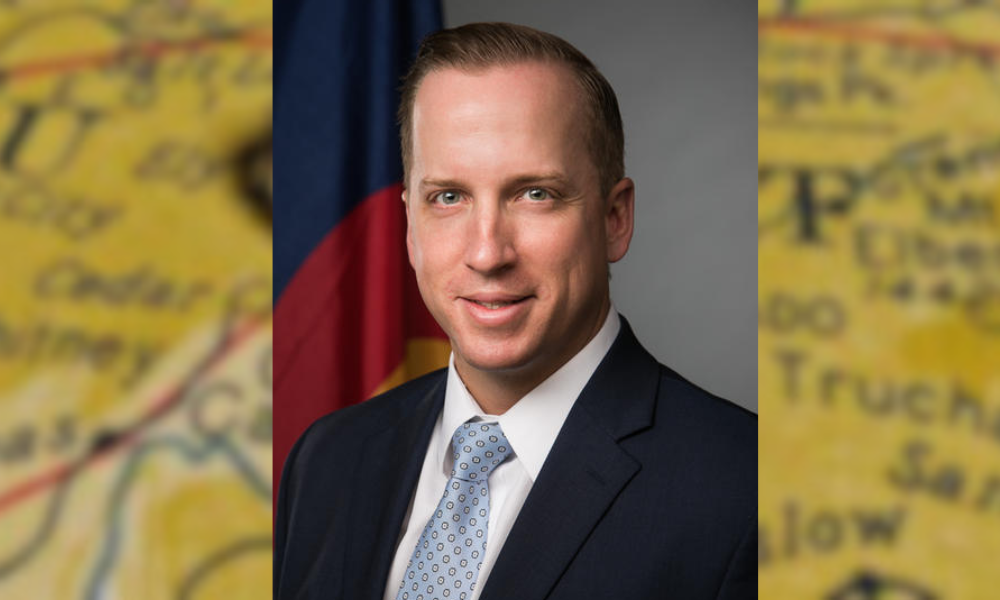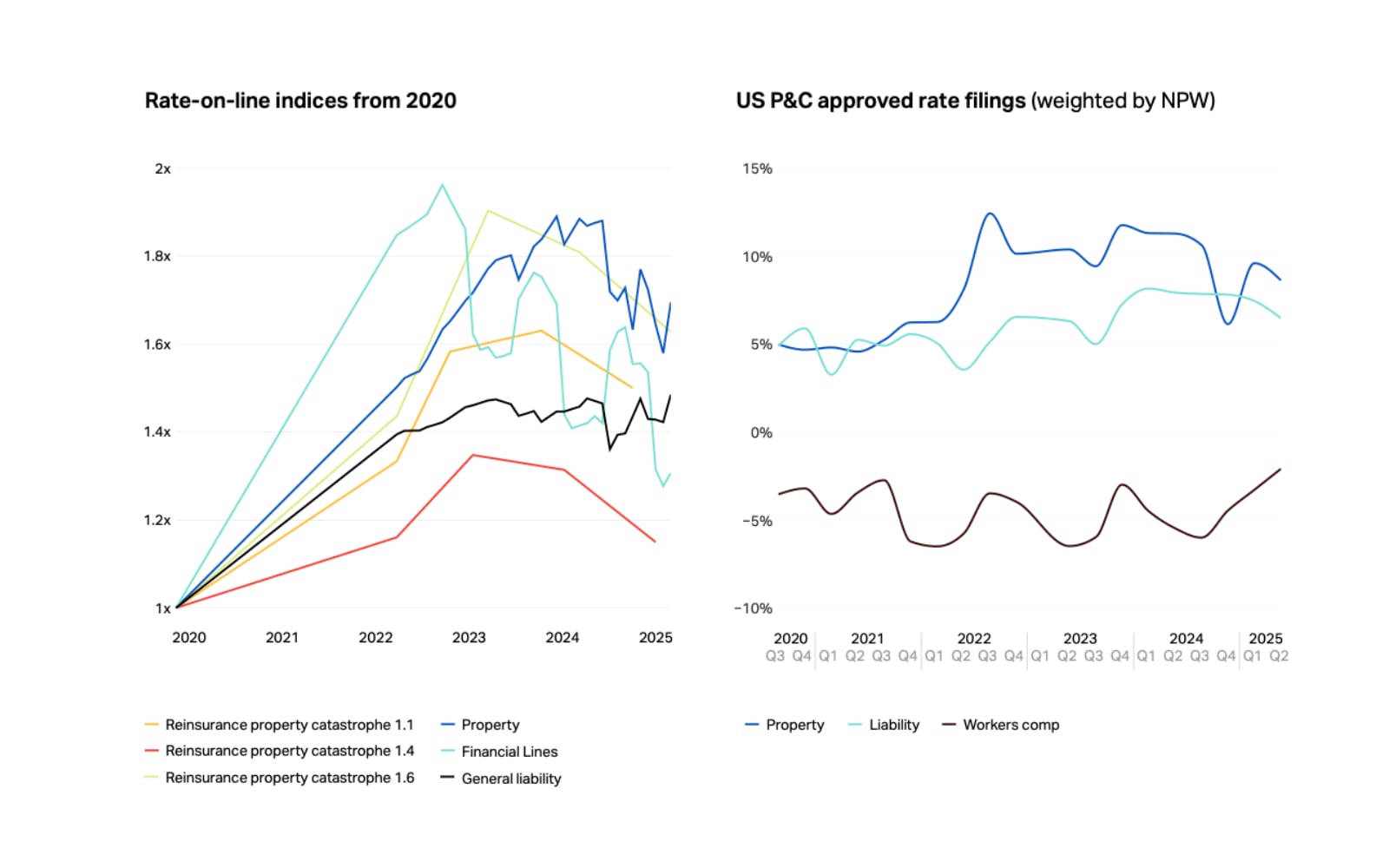“A Paraplanner can range from entry-level to experienced. They can be a W-2 employee or have their own Paraplanning business working with multiple advisors. They can be a part of a firm on a part-time or full-time basis, and they are typically back- or middle-office, with strong technical financial planning knowledge.”
-Alex Hopkin, CEO Founder of Simply Paraplanner
A proper Advisor Career Path and Compensation Model details concepts like developing a plan for building up your advisors, creating firm growth, and providing a consistent client experience when managing your practice.
At C2P Enterprises, we’ve spent years refining and developing a scalable career trajectory that reflects the financial industry’s best practices. We’ve accumulated practice management experience and research over decades of observing advisors within our firms.
What is the Difference Between a Paraplanner and the Other Members of Your Support Team?
We demonstrate the Advisor Career Path using a 5-rung ladder that is broken down into three measurable steps, with a detailed scorecard. This leaves no room for misunderstanding.
The first two rungs happen backstage, meaning most of their work is done behind the scenes.
Advisors, Lead Advisors, and Practicing Partners all interact face-to-face with clients. We refer to these as frontstage positions.
Paraplanners can help manage investments, tax modeling, practice management, and product recommendations. They mostly remain backstage with little one-on-one interaction with clients.
When is a Good Time to Bring a Paraplanner into Your Team?
Effective practice management requires backstage administrative support. The more your firm grows, the more complex your needs become.
Bringing on the right talent at the right time for the right job is essential to building a successful financial management firm.
As an advisor, you’re busy meeting with clients. You need someone who knows what they’re doing, who you trust to own the backstage work and perform practice management tasks.
What is a Good Compensation Model for a Paraplanner?
The Advisor Career Path and Compensation Model provide a rubric with objectives for your employees that helps with recruiting, payment structure, and everything in between.
At C2P Enterprises, we’ve spent years refining and developing a scalable career course that reflects the financial industry’s best practices as well as the experience and research we’ve accumulated over decades of observing advisors within our firms.
Learn more about our exclusive advisor training courses like Advisor Career Path & Compensation.
There are three main types of payment strategies:
- Grid Compensation Model
- Salary & Stake of Profit Compensation Model
- Hybrid Compensation Model
The method you choose should encourage the behaviors you want to cultivate among your team. What behaviors does each model reinforce?
Ensure your chosen payment methodology is communicated correctly and understood by your team. Like the ladder visual, having a documented compensation strategy encourages employee retention, helps corporate culture, increases revenue, and creates a sense of loyalty among the team.
What is a Good Career Path for Paraplanners?
The Paraplanner handles the background work and data analysis to support the advisors and the firm.
Paraplanners with less experience review financial documents, enter data, handle accounting paperwork, and assist with practice management tasks. Someone with more experience can create financial plans, onboard clients, and meet with clients in addition to their backstage administrative duties.
Many Paraplanners have goals and expectations of ascending the ladder to become an Advisor, Lead Advisor, or Practicing Partner. They view this role as an interim position.
This job allows them to learn and build financial plans as they prepare to advance to the next rung. This is merely a stepping-stone as they gain more knowledge and experience backstage in anticipation of moving into a frontstage role. Your firm should have a set career trajectory for these individuals to follow.
One of the best things about the Advisor Career Path is that both the employee and their manager will always know what needs to be accomplished to move to the next rung and ascend the Advisor Career Path ladder.
What are Common Traits of a Great Paraplanner?
Alternatively, some may choose to remain in this supporting actor role for the better part of their career. These employees are happy with their job and content to become subject matter experts (SMEs) for your firm.
Before you interview your next potential Paraplanner, ask yourself the following question.
Do I want a Paraplanner who expects to advance in the near future or someone who wants to remain in that position for some time?
There is no wrong answer; this is based purely on the needs of your firm. But the answer to this question will help guide your hiring process to the right individual.
Common expectations for Paraplanners:
- Drafts financial plans
- Focuses on backstage tasks
- Finalizes deliverables with Advisor before client meetings
- Active participation in meetings
- Bachelor’s degree
- 2-5 years of experience
C2P Enterprises provides Advisors and Paraplanners with the tools they need to build the right Advisor Career Path and Compensation Model to attract and retain top talent.
If you are ready to take the next step in growing your business, managing your practice, and building your team, schedule a call with one of our business development representatives today!
Originally published on C2P Enterprises.
The views and opinions expressed herein are the views and opinions of the author and do not necessarily reflect those of Nasdaq, Inc.







































